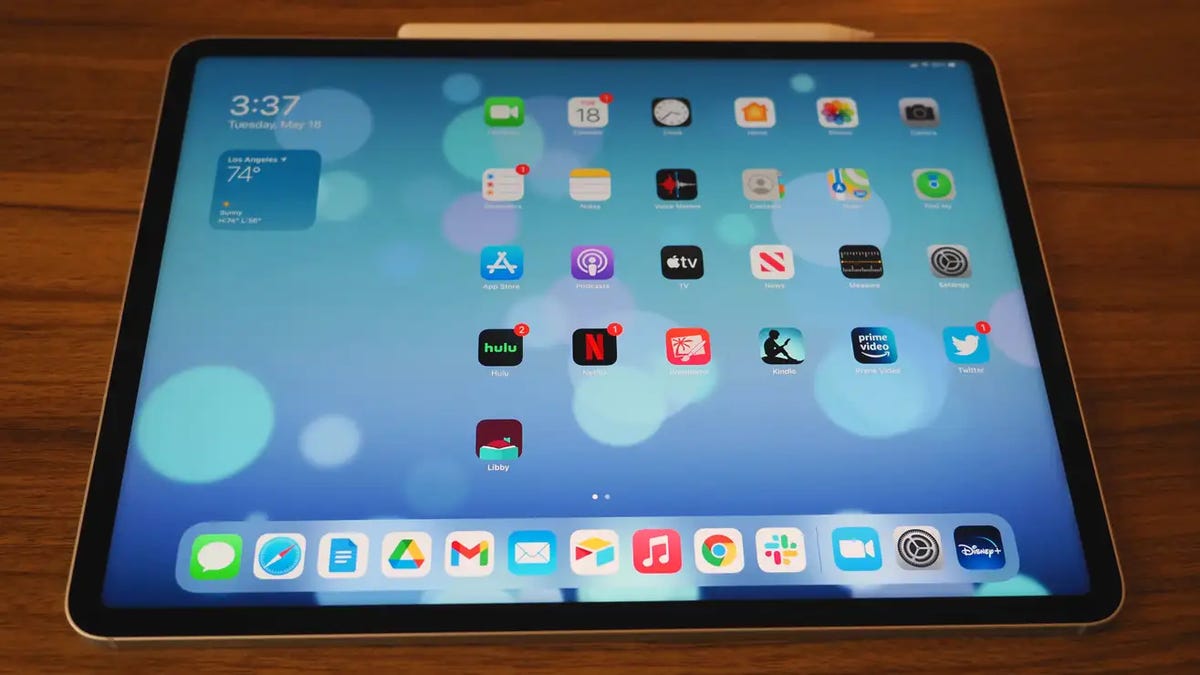Sun-Orbiting Spacecraft Takes Fascinating Images of a Coronal Mass Ejection

Coronal mass ejections are regular space weather events involving huge, fast-moving expulsions of plasma from the Sun’s surface. They’re routinely observed by a bevy of telescopes, and recently, Solar Orbiter has imaged its first stellar burps.
Solar Orbiter is a collaborative mission between the European Space Agency and NASA. It launched in February 2020 and made it to the far side of the Sun—the perihelion of its journey, when it was closest to the star—about a year later. Days after that point, a coronal mass ejection happened to occur, and it was picked up by three of the orbiter’s instruments, as well as by several space telescopes, giving ESA and NASA researchers a unique opportunity to witness the event from multiple angles.
Different instruments on the orbiter had already detected coronal mass ejections, but the February 2021 event was the first seen by the Heliospheric Imager aboard the orbiter, according to a NASA release. The black-and-white gif at the top of this article is what the Heliospheric Imager captured; the same coronal mass ejection was also imaged by another NASA spacecraft, whose view can be seen in the black-and-red gif above.
The ejection fortuitously occurred during some telemetry time the NASA and ESA researchers didn’t know they’d have; when the craft is at perihelion, it was expected that the contact between the orbiter and Earth would be disrupted by the Sun’s heliosphere. But updates to terrestrial antennas enabled the orbiter to send more data to Earth than expected at that point in the craft’s movement, so the teams got some bonus footage. The energy from the corona spews out into space at speeds that can reach nearly 2,000 miles per second. After the ejection occurs, that plasma becomes part of the solar wind that regularly showers Earth in dazzling light shows like the aurora borealis. A strong flare at the right angle could even cause satellites and power grids to fail.
G/O Media may get a commission
The Solar Orbiter is a tyke as far as telescopes go, but that hasn’t stopped it from doing some important science. Previously on its journey, the orbiter caught a glimpse of some perplexing “campfires” on the Sun: short-lived, extra-hot energy flares. Researchers recently suggested those flares may occur where different magnetic fields converge in the Sun’s corona, unleashing a big wave of energy.
More details from the Solar Orbiter’s recent close approach to the Sun are still being analyzed, so watch this space. The images the orbiter is capturing are the closest views of the Sun to date. And while the Solar Orbiter has the cosmic equivalent of a backstage pass to the Sun, it has competition. The launch window for NASA’s EUNIS sounding rocket, which will investigate the Sun’s atmosphere, opens tomorrow, and the Parker Solar Probe has also been prowling ever closer to the Sun.
Source link






